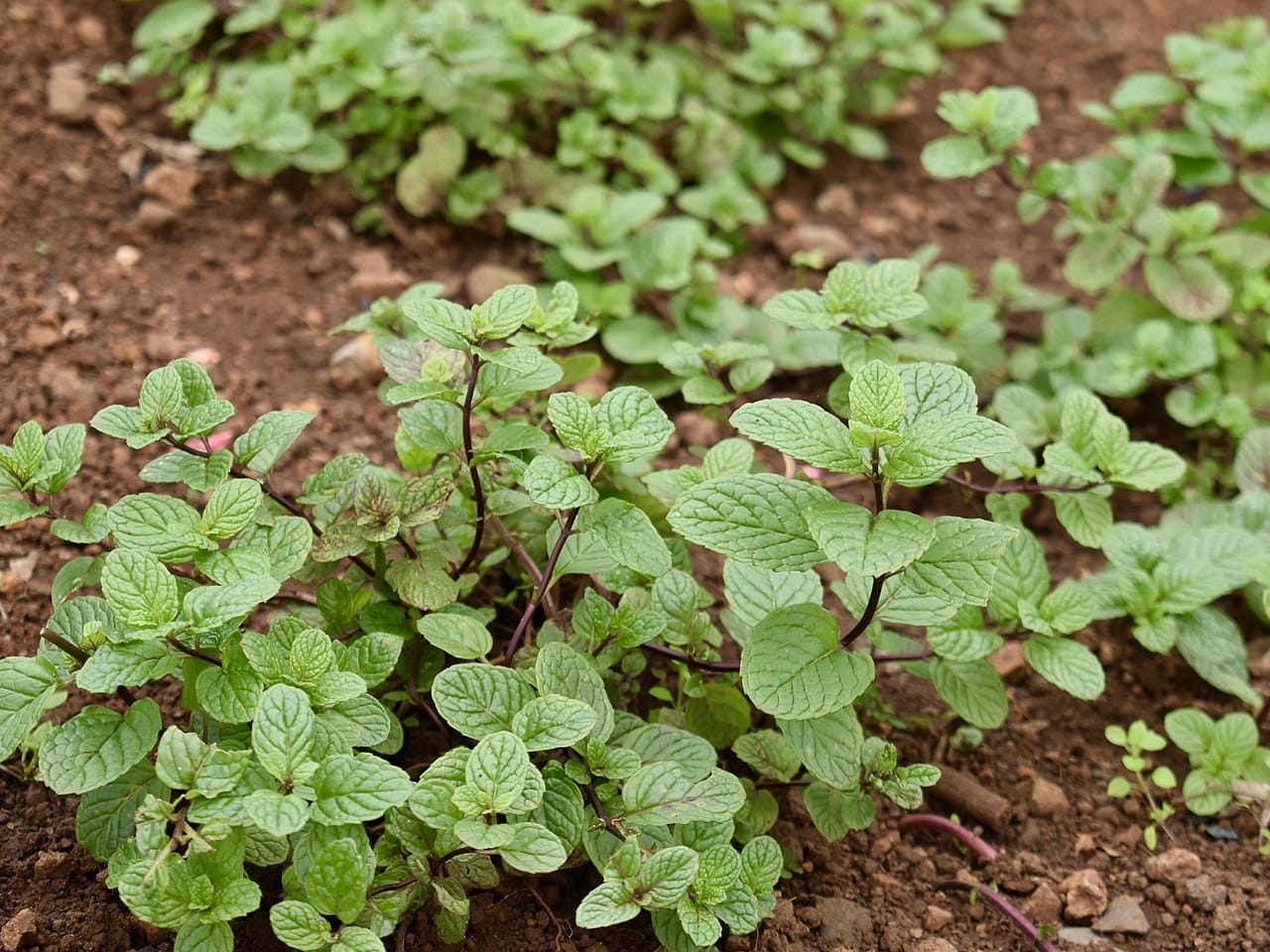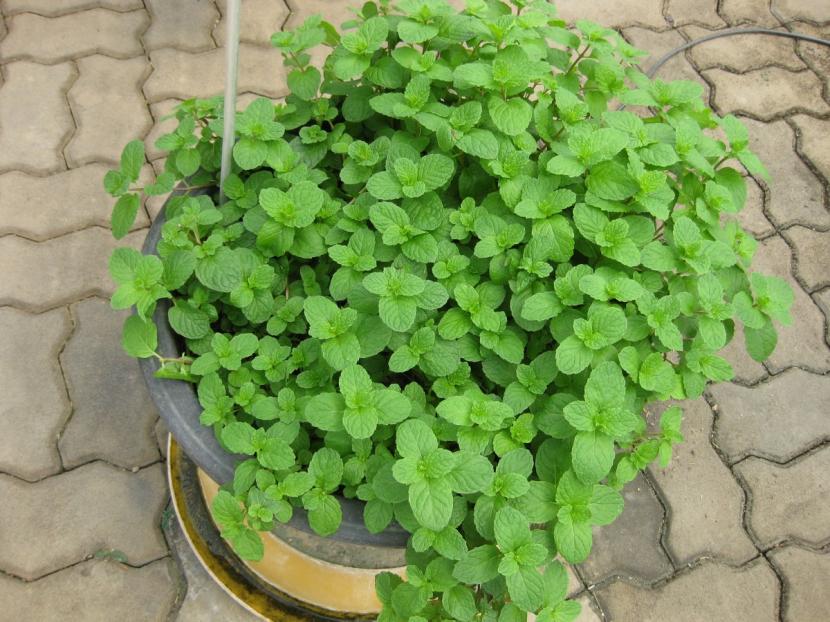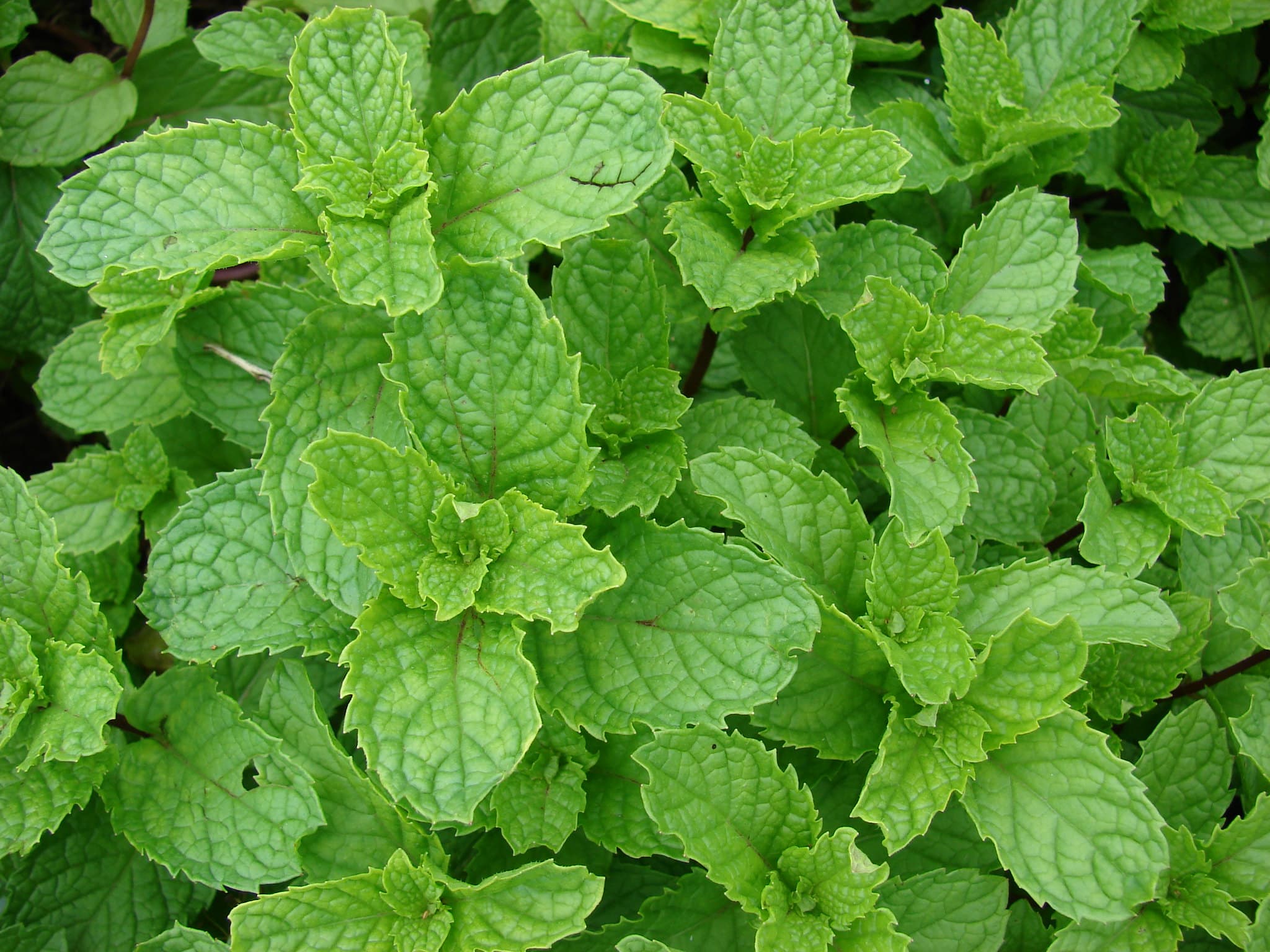
Image – Wikimedia/NasserHalaweh
Is peppermint a sun or shade plant? It is one of the favorite plants to have in the garden, as well as in the kitchen. It grows very fast and does not require much care, since it can live without problems without receiving excessive water.
But, although it is an all-terrain that really should not be given too much attention, it is important that we know where to place it and in which place we are going to plant it so that it is the easy plant that we all know. So that, let's see if the mint is sun or shade.
How to distinguish a plant from sun and from another shade?

Image - Flickr / Forest and Kim Starr
Although there are exceptions, sun and shade plants have some characteristics that can make us suspect that they live either exposed to direct sunlight, or protected from it. To make it easier to understand, we are going to compare mint with a aspidistra for example.
Mint has small, rough and somewhat leathery leaves.; on the other hand, the aspidistra has them much larger and smoother. In addition, the development is more compact in mint, and more 'disorderly' in aspidistra; why? Because while the first gets full sun, the second instead directs its leaves where there is more light.
But, as I said, there can be, and in fact there are, sun plants that have large leaves (such as many trees, such as horse chestnuts), and shade plants that have small leaves (such as azaleas), but for In general, the size of these leaves is a good indication to know where they should be.
How much sun does a mint need?
Peppermint It is a herbaceous plant with sun, but it must also be in an area where it gets all day. It is important that even the seedbed is placed in a sunny area, so that when the seeds germinate, they get used to sun exposure from that moment.

Sometimes you have the habit of protecting the seeds too much, sowing them indoors for example, and then taking them outside they spoil. And why do they die? Because we may have put them in an area where they get direct sunlight and, not being used to it, they simply burn. This is avoided, as I say, by putting the seedbed directly in the sun.
Can it be indoors?
It is not the most recommended. The mint It is a plant capable of resisting very well temperatures down to -18ºC minimum, and 40ºC maximum, and since it also needs a lot, a lot of light, the best thing we can do is always grow it outside the house, both in summer and in winter.
But if we are excited to have it at home, of course we can have it, but only if the room where we are going to place it is very, very bright. We will put it near the window, and we will rotate the pot every day so that all the stems have the same amount of light; This way we will avoid that it ends up having a messy appearance.
And if there is no room where light enters, then the most advisable thing is that the plant is outdoors. It is not necessary to have a garden to plant it in the ground, since it grows very well in a pot or window box. The only thing you have to keep in mind is that You have to put a universal or urban garden substrate, and that said pot must have holes in its base.
The latter is one of the most important things to know, since if it were planted in a container that did not have them, the water would stagnate, the earth would be wet for a long time and the roots would die.
How to prevent an 'indoor' mint from burning when moved outside?

Image - Flickr / Forest and Kim Starr
With 'indoor' peppermint I mean a plant that has always been kept indoors. Good. Suppose we want to start growing it outside so that it is stronger and healthier. The first thing to be very clear about is that as it had never been directly exposed to the sun before, if we expose it to the sun's rays right away, the leaves will burn, and they will also do it quickly.
To avoid it, we have to go little by little. We said that it needs a lot of light, so we will put it outside in semi-shade. During the first week it is advisable not to get direct sun for even a little while, but after the second there will be no problem as long as it is only for a few minutes. After the third or fourth week, you can give it more time, an hour or two at the most.
It will not be from the second month that we can begin to consider leaving it in a place where it is exposed to sunlight throughout the day. And even so, it is possible that some leaves burn, especially if it is a plant that has spent years indoors, since it will take longer for it to get stronger.
And by the way, never take a plant outside in the dead of winter. To make it much easier for it to get used to the sun, it must be taken outside in spring, not before, because even if it is genetically prepared to resist frost, if it has never had to overcome it before, it could suffer significant damage if temperatures drop below 0 degrees.
Can mint be used as ground cover?
Hello Gabriela.
Depends. If a lot is going to be passed over that floor, no, because it would break. But if you want to put it in an area where you are not going to walk a lot, then yes.
A greeting.